From words to objects - Receiving an expert's feedback
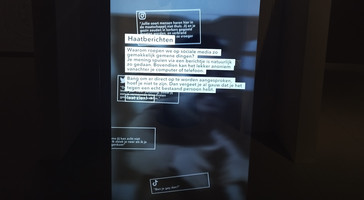
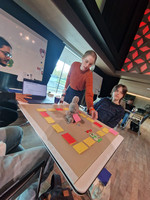
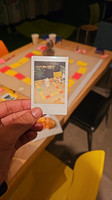
Target Audience: People of all ages interested in starting a conversation about mental health struggles.
The Goal & User Experience
Designed to be empathic and educational, teaching teenagers and parents that mental health is important and that it’s normal to have different feelings. The game encourages open discussion about emotions.
Cultural Heritage
In the game process, players understand and reflect on the challenges faced by people struggling from mental health. With Nijntje (a culture heritage of The Netherlands) the game tries to lower the bar as it provides a comfort character & third person perspective in communicating and supporting others or yourself with mental health struggles. This provides players with cultural values on how mental health is portrayed in The Netherlands.
Expert Council Feedback
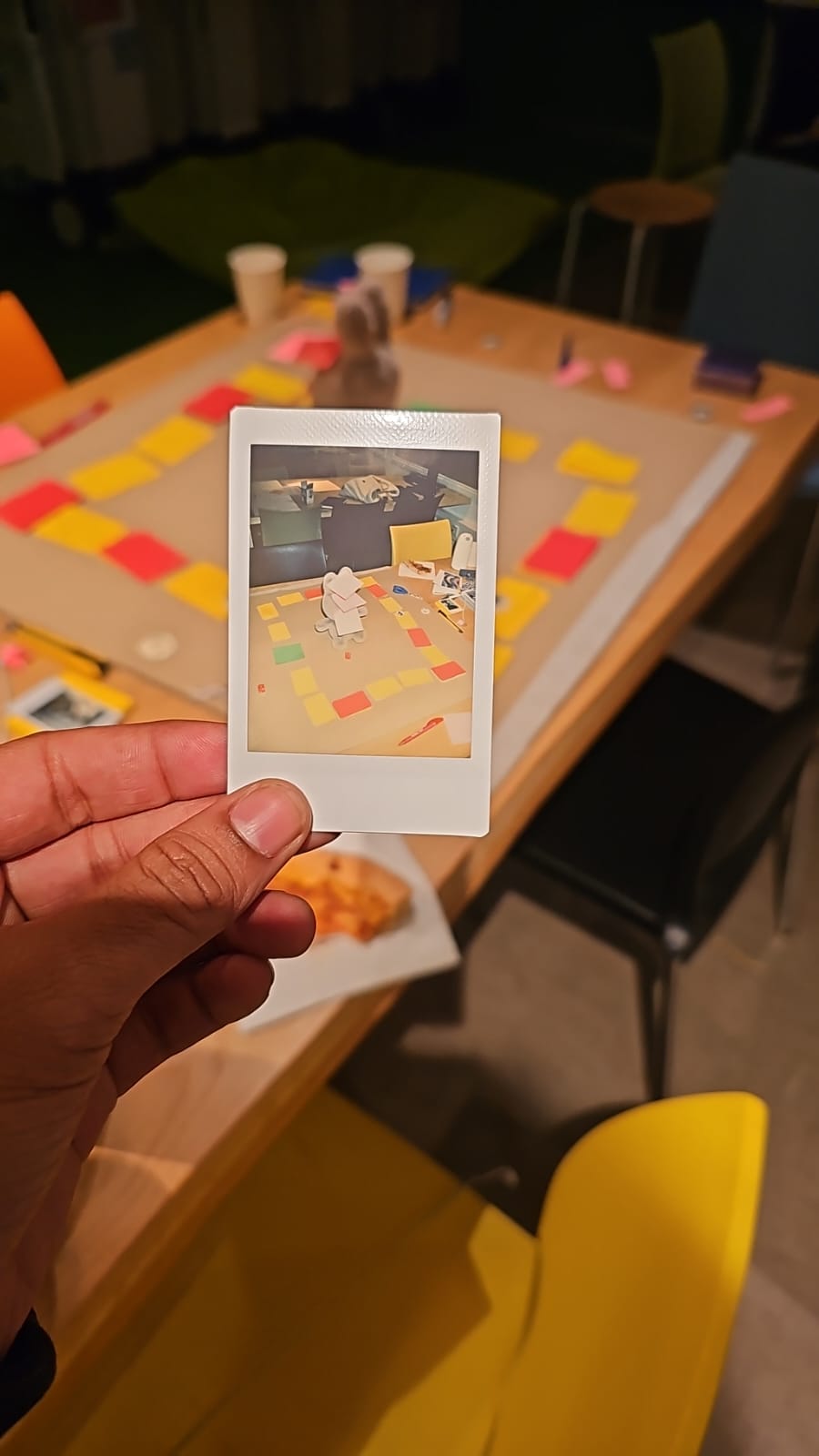
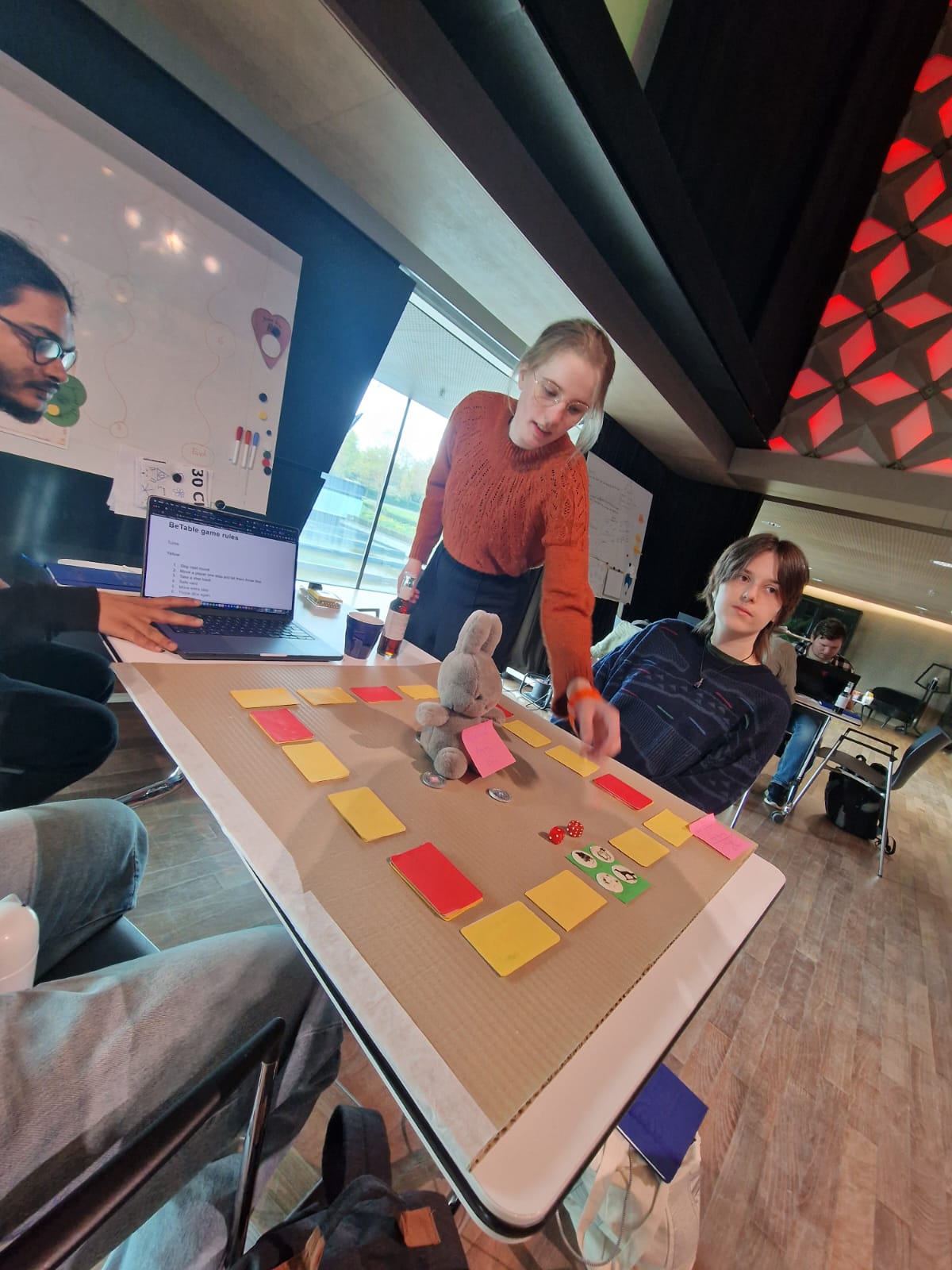
Feedback provided by the expert council included:
- Utilise triggers to open a conversation.
- Utilising an inanimate like Nijntje could lower the bar for people to talk about mental health struggles, as it’s often easier to talk about someone else’s struggles than your own.
- When designing the story and game, create a hook or a lesson the player can take with them in real life, this adds value to your game’s player experience.
- Having a physical object that shows what is happening with abstract emotions can help get the player in the magic circle.
- During Playtests, don’t just ask questions, observe player interactions, emotions, and behaviors to understand the player experience of your game.
- Keep the scope small, don’t use many different mental health struggles, focusing on one specific struggle can help the creative process.
Reflection & Steppingstones
The team was struggling with how they could gamify mental health without promising a solution or being insensitive. This led to many concepting discussions on the gameplay design & the way they wanted to integrate the story. Based on expert feedback, the team decided on implementing Nijntje into the gameplay, as it lowers the bar for players to talk about mental health struggles and it makes it less solution based as it is a fictional character.
Playtest Methodology
Considering the time constraints the team relied on verbal feedback during a playtest and observing the players frustrations. The playtest proved useful in making decisions for the gameplay. It was direct way of testing out whether players understood the rules of the game and if they felt immersed in the magic circle. The first playtest illustrated major flaws with the reward system of the game and the clarity of the game’s rules. Indicating a need for improvement. This method was done during the prototyping phase to decide whether to go on with the concept or scrap it and think of a new one.
Games through Culture

During the exploration phase in the Beeld & Geluid Museum in Hilversum, one project stood out too multiple team members, which was about social media and how words can influence the mental health of influencers or people in general. This inspired the team to incorporate scenarios in the game that describe a less positive event and how that affected their emotional well-being.
Games for Culture
For young people in relation to cultural heritage & European values, the game works as a tool to bring awareness to mental health struggles and how comfort characters that are also a cultural heritage, can together be a strong communication tool for both young AND old people; the team noticed quite a few people from older generations open up about their own struggles with mental health when they saw Nijntje, without any indications or motivations provided by the team.
(Cover page image credited to Netherlands Sound and Vision Museum)
Get Nijntje Goes Back To School
Nijntje Goes Back To School
mental health, anxiety, value creation game, collective, 2 to 4 players
| Status | Prototype |
| Category | Physical game |
| Author | Betables |
| Tags | Animation, bgg, boardgamegeek, Experimental, gameducate, Life Simulation, Mental Health, ninjtjemiffygame, reality-game, tabletopgame |
More posts
- From players to pioneers- Refining the gameApr 18, 2024
- Final Prototype : The Pitching DiaryApr 18, 2024
- Blueprints of Empathy - designing the Nijntje gameApr 15, 2024
Leave a comment
Log in with itch.io to leave a comment.